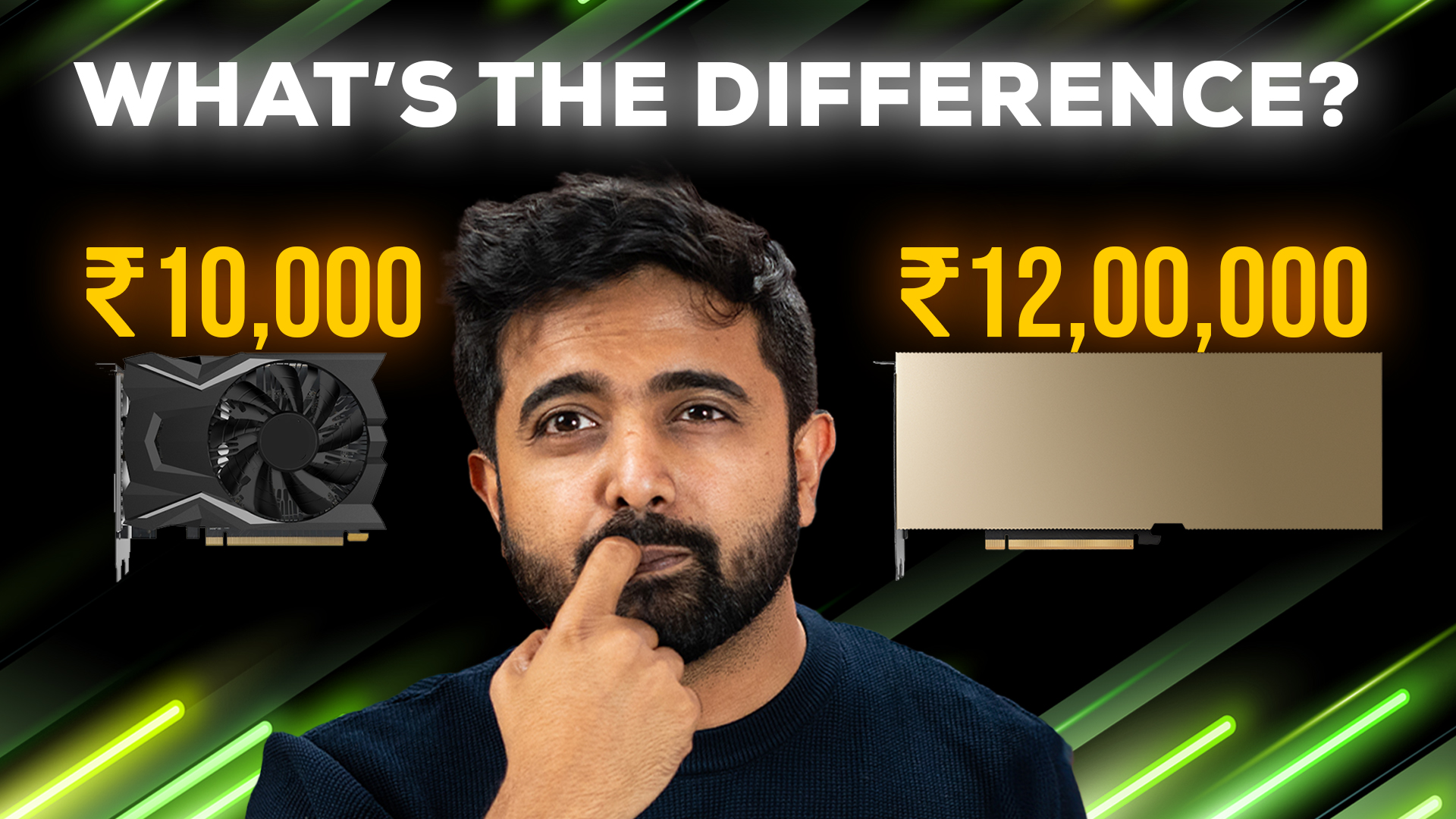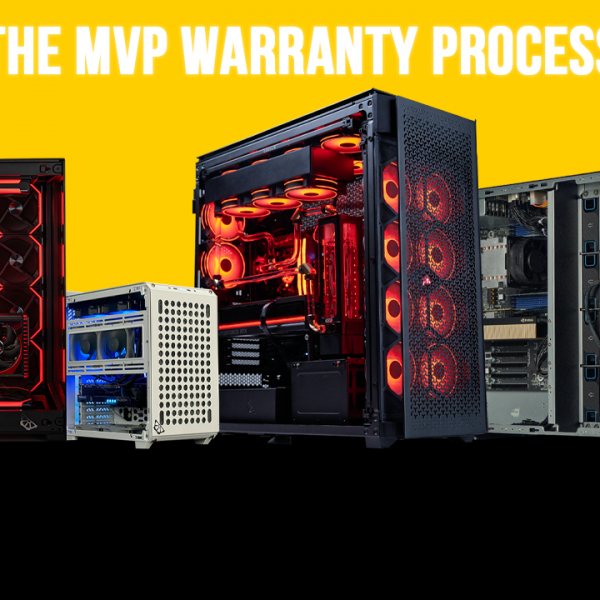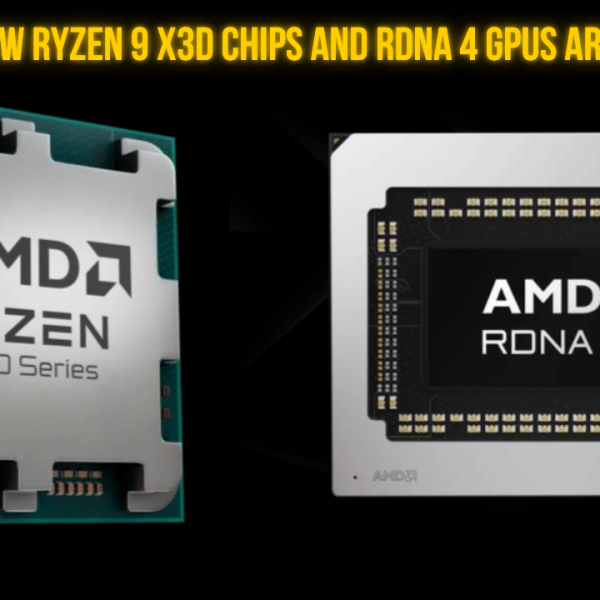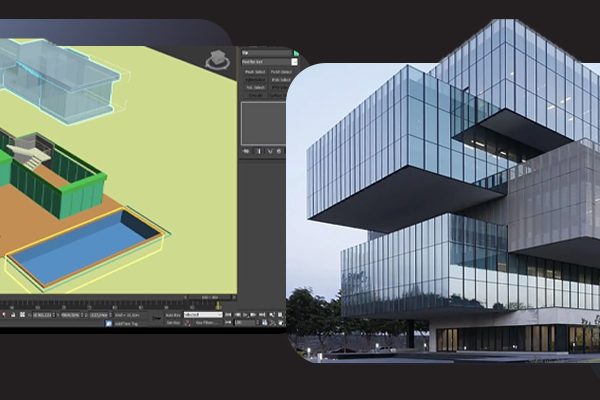Click here to watch the full video
Nvidia’s GPUs have come a long way from just gaming.
If you’re looking for a new GPU or even a Complete PC – now, whether that’s for Smoother Video Editing, Faster 3D renders or building next-gen AI models. Chances are you need a good GPU. and by good – I mean it should WORK for your particular application.
But Nvidia has more than 30+ models in their entire lineup of GPUs. So which one is the best for you? And to answer that, we’re going to explore three categories of NVIDIA GPUs and all their use cases – starting with:
- The GeForce series: which is specifically designed for gaming purposes but can also handle some productivity tasks.
- The Quadro series: which is specially built for creative professionals in content creation, 3D and architecture.
- The Data Center series: and this powers all the latest and greatest tech, namely Generative AI, and High-Performance Computing (HPC) applications.
Starting off with the GeForce Series which is further divided into 2 categories that is
GTX and RTX
While the GTX is the older and discontinued series , it can still deliver some good performance for 1080p gaming- it’s a go-to for most entry level gamers and even creators. If you’re a young student – or someone who’s just starting out with gaming or content creation. This can be a solid choice.
Coming to RTX, which is the newer generation of gaming GPUs – and the reason why modern games look so photo-realistic. It has dedicated RT cores which create realistic lighting, shadows and reflections – allowing games and 3D applications to render photorealistic videos or images in real-time. And before we move ahead – let’s quickly understand the naming of these GPUs.
The first 2 numbers denote the generation – the bigger the number, the newer the generation of GPUs – so as of now, 40 series is the latest generation of Geforce GPUs. And in the 40 series – we have 4-5 tiers, so we have the 4050, 4060… and so on up till 4090 which is the highest end variant.

Then we have the Ti & Super variants….. Yes – we know, it can get super confusing – so in the interest of saving everyone’s time – you can check out this table for recommendations for all the use cases.



Moving on to the next series –
Quadro GPUs
Now the term ‘Quadro’ has been discontinued by Nvidia and replaced with ‘Professional GPUs’ but we’ll keep referring to them as Quadro GPUs for easier understanding. And you can think of Quadro series as a big brother to the Geforce series.

They have the similar specs, as well as similar performance. But unlike their GeForce Counterparts, Quadro GPUs are purpose-made with professional workflows in mind.
Which means render crashes, hardware bugs, driver issues become irrelevant for Quadro Workstations as they are tested and certified by Nvidia to run 24/7 at peak performance without failure. Geforce GPUs on the other hand – do not get this testing, leaving a good margin for error & failures.



Quadro GPUs have the same performance as their Geforce Counterparts while being very power efficient. The Quadro A6000, for example, provides GeForce RTX 3090-level throughput while consuming up to 30% less power.
Now imagine having 10 quadro cards in a render farm – these savings over the geforce GPUs dramatically reduce operating costs over years of usage.

Another advantage is larger & more secure memory – Quadro GPUs usually come with 2x more VRAM and Error Correction Code. Allowing you an extra leg-room in large projects while also preventing data corruption.


So if you’re into 3D or Content Creation professionally – and cannot afford to lose time, the Professional or Quadro series can come in really handy.
Finally moving to
Data-Center GPUs
these are mainly for enterprises who are looking for large scale solutions.
So to give you some context. If you are an individual who specialises in 3D – you would go for the Professional or Quadro GPUs for your workstation – but if you have a team of 3D Designers, you could go for a Data-Center GPU in a server and split that GPU’s power across the team.

Basically the Data Center GPUs are built for more flexibility and scalability. Which is really important for bigger teams Last but not least – these GPUs are built to make Generative AI applications.
The latest GPUs in the data centre lineup like the L40s have something called a Transformer Engine – which is a new hardware technology purpose-made to speed up training times of Generative AI models.

And If you’re looking for more information on the Transformer Engine and Data Center GPUs – check out this article where we explain it in detail
So that was all about NVIDIA GPUs divided in 3 different categories to help you understand about all the GPUs – And incase you are looking to build a system with any kind of GPU, you can get in touch with us.
Until next time, Cheers!






